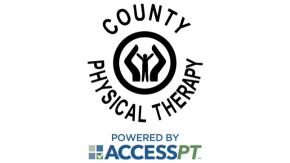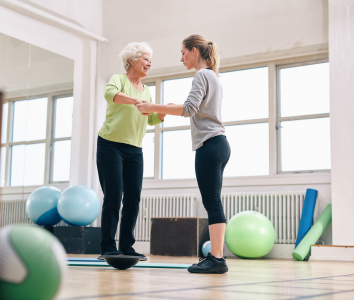Have you been experiencing falls lately? Do you feel you are constantly catching your foot on your living room rug? Or do you bump into walls and furniture frequently in your home? As we age, there are many factors that can contribute to decreased balance which leads to an increase in near falls and falls. In honor of Balance and Falls Awareness Month here are some reasons for a decline in balance:
- Underlying medical conditions. Examples of underlying conditions include arthritis, peripheral neuropathy, diabetes, neurological disorders, and musculoskeletal injuries.
- Medications. Frequently medications have side effects that include dizziness, drowsiness, and a decrease in blood pressure – all of which increase a person’s fall risk.
- Decreased physical fitness. After a year of being cooped up in the house due to COVID-19, many older adults are at an even higher risk due to inactivity and overall weakness.
- Impaired vision. Being unable to see the curb, the rug, or that wet spot on the floor can increase your risk of falls. A change in vision can also cause a change in the way your brain processes balance information and can cause a feeling of imbalance or dizziness that can increase your fall risk.
If you are experiencing falls or near falls it is important to see your physician to manage any underlying conditions and to modify medications if needed. It is also important to see a physical therapist. Your physical therapist can evaluate you and create a personally tailored program to safely improve your balance and address any underlying physical deficits that are increasing your fall risk. Give us a call today – we’d love to help!



